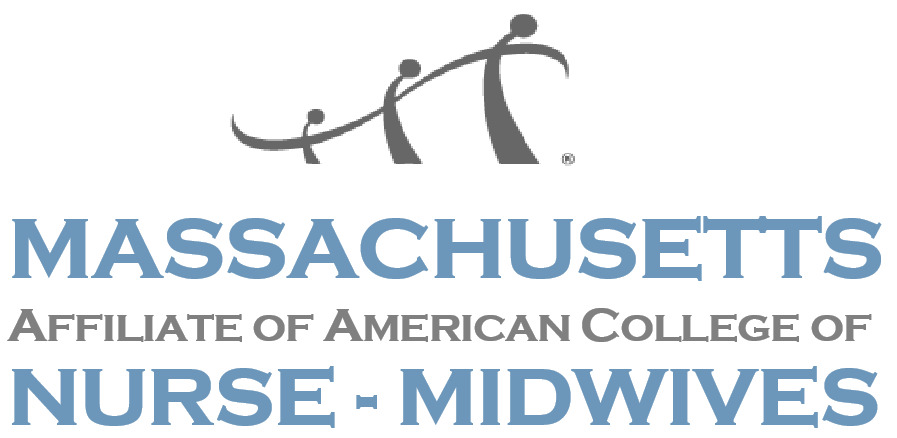Background
When I decided to return to school ten years ago to become a CNM, the cost of my future education, I admit, did not play a huge part in my decision-making process. Since I was not yet a nurse and I wanted to finish my education as quickly as possible in order to start my career, my options were limited to direct-entry programs. I applied to four of these based on their reputations and locations. When I was asked, during one of my interviews, how I would cover the cost of living in an expensive city in addition to tuition, I (rather cavalierly) replied, “I assume that I’ll take out loans like everyone else.”
I ended up having a great experience in my program and graduated feeling well prepared to be a clinician. I received a waiver to reduce my tuition for living in-state for two of the three years I was enrolled, along with a few thousand dollars in scholarships. Like many student nurse-midwives, I was unable to work consistently during school due to the demands of my clinical schedule. When I graduated, I had approximately $110,000 worth of debt in addition to a much smaller amount from a previous graduate degree.
My plan for my loans––similar to that of many other new CNMs––was to find a job at a National Health Service Corps (NHSC) site that would grant me federal loan repayment. Unfortunately, the institution where I started working lost its high HPSA score early in my tenure due to changing demographics. As a result, my applications for loan repayment were rejected by the NHSC, as well as the Nurse Corps Loan Repayment Program (a similar program for registered and advance-practice nurses that also uses HPSA scores as criteria). I eventually turned my attention to state programs (which generally offer less repayment than national programs due to budgetary constraints) and received $40,000 worth of repayment from the Massachusetts Loan Repayment Program for Health Professionals in exchange for two years of service in an underserved area. I also enrolled in the Public Service Loan Forgiveness Program (PSLF) as soon as I found employment at a qualifying organization, and have been making payments on the income-based plan for roughly six years. During that time, my payments have ranged from $650 to $1,100 per month based on my income and various administrative snafus involving FedLoan (which manages the PSLF program). I will tell you in advance that if you enroll in the PSLF program, you will spend at least one day a year having a tearful and/or enraging conversation with someone at FedLoan. My remaining loans are set to be forgiven in roughly five years (and that amount will remain substantial thanks to the 7.65% interest rate on the bulk of my loans).
What impact has this debt had on my life?
Initially, my debt was so large that it felt entirely hypothetical. I figured I would never actually be able to pay it off by myself, and thus I should just apply for the NHSC and/or wait it out for the 10 years of the PSLF. Now that I am several years into my career and the recipient of loan repayment, my debt feels slightly more manageable. It is essentially a large, monthly bill that occasionally causes me great anxiety when I stop to contemplate how much of it still exists. My husband’s and my combined monthly loan payments cost nearly as much as our rent in Boston. We have been able to make these payments because we have relatively high incomes from jobs based in a major city, and because we have not tried to purchase a home or make substantial investments in our retirement savings. Obviously, given the amount of coverage this topic has received during the current election cycle, we are not alone in this scenario.
Next Steps
There are substantial differences in both nurse-midwives educational costs and their earnings. For example, a year of nursing master’s tuition at the top-ranked CNM program in the U.S., UCSF, costs $28,000 for California residents or $40,000 for nonresidents. This does not include the cost of living in San Francisco and other incidentals. In comparison, the entire cost of the CNM program at Frontier University is $35,000 (not including travel to Kentucky). The most recent data from the Bureau of Labor Statistics (2015) gives a range of annual salaries for CNMs of $50,000 (10% of the workforce) to $132,000 (90%), with the median at $93,000.
Collectively, we need to spend time and effort considering what our degree is worth and, in conjunction, what we are worth as professionals. Does it make sense for large, expensive universities to house the majority of degree programs if, as a result, the student-debt load is so high? Should there be more programs like Frontier that require less infrastructure and allow students to continue working while studying? Is the ACNM doing enough to promote salary transparency in order to encourage negotiation? At the individual-practice level, are midwifery directors cognizant of the debt burden that their employees carry with regard to salary calculations? Are directors aware of loan-repayment options? Are they open to facilitating enrollment in such programs, even if it means changes in staffing and clinical assignments?
As the issue of student-loan debt becomes a larger part of the national dialogue, it is important for us to contemplate how current and future nurse-midwives can continue to be “with women” while also achieving financial stability.
Shawna Pochan, CNM, MPH is a midwife at Massachusetts General Hospital.

